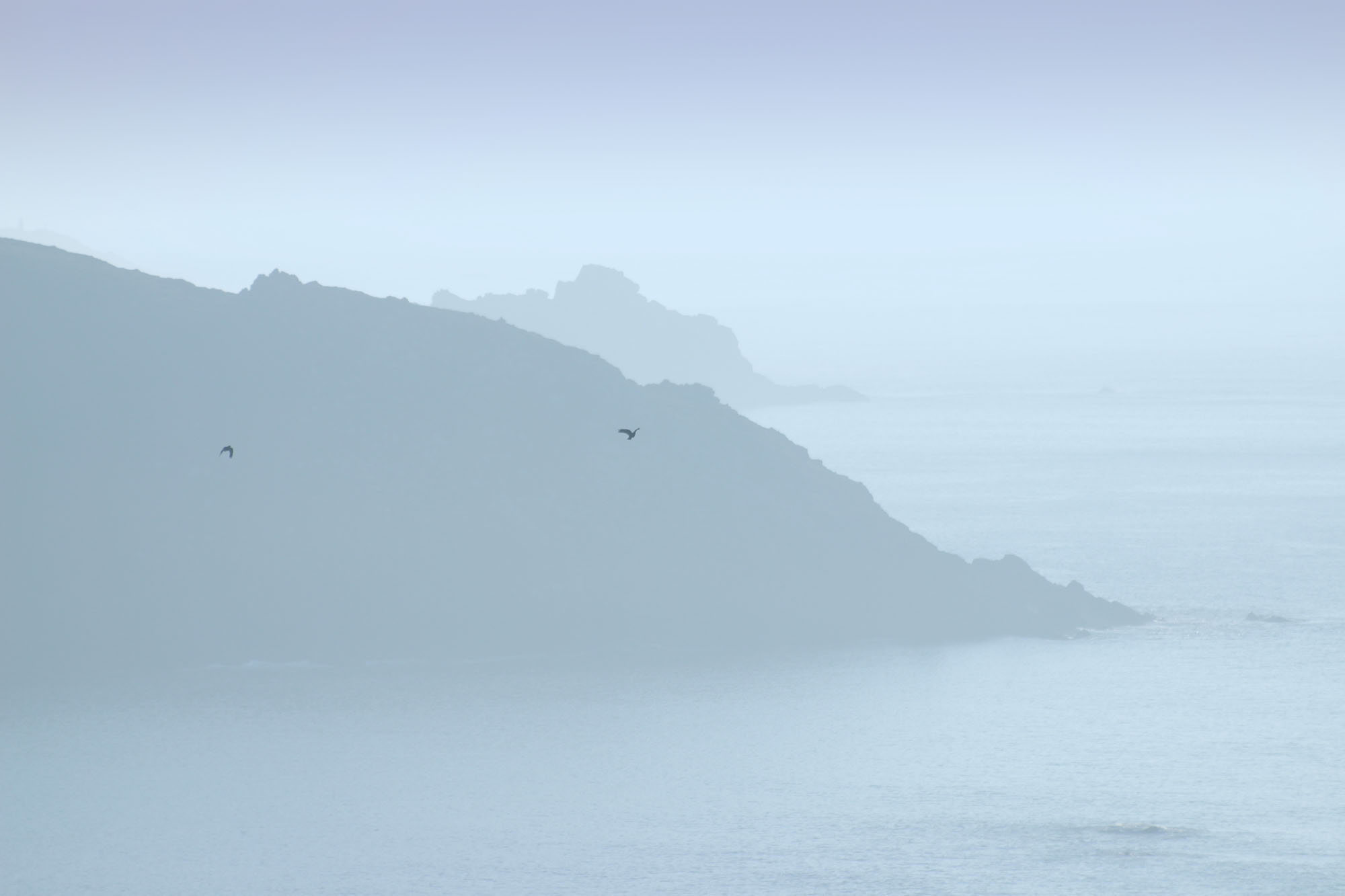Fostering…
Our five nests produced fifteen eggs. Eight of these have hatched and all eight chicks are doing well – after a couple of hiccups…
On May 10th, we noticed the third chick in nest five was very small (16 grams), and in danger of being pushed to the bottom of the nest by its siblings. There were four overdue (infertile) eggs in nest three, so we decided to foster the small chick to this nest. The female in nest three was still patiently sitting, and she was expecting to see eggs hatching. We gave her what she wanted.

We put the chick in the box using the hatch at the back – Ali was in the aviary putting in live food and distracting the adults. The parent birds both went on top of the nest box, as they have been conditioned to do.
As well as the chick, we added a piece of egg shell. This mimics real-life events, and the normal reaction of the female should be to come in and take the egg shell away. If she did this, we would know that she would accept the young chick as her own.

As soon as Ali had left the aviary, the female returned to the nest and very gently removed the shell. Moments later, the male hopped into the nest to inspect the new arrival and left. The female then came back in and started to brood the chick. Success!
The chick is now over two weeks old, and is progressing well – getting food from both parents, and gaining weight.
Feuding…
Events were not as joyful in nest two. On the evening of May 15th the male parent became very agitated and started to attack the female – and the three young chicks. Luckily, we had spotted this while monitoring at home, and decided something had to be done.

It was getting dark, and soon we would not be able to get into the aviary without disturbing all the other nesting pairs nearby. However, staff were on hand (staying on site due to the lockdown), and got in quickly to catch the male. He spent the night in solitary confinement, and was relased the next day into the large polytunnel group.
On checking our records we found this male had done exactly the same thing in 2015 – on the exact same date – very bizarre!
We believe male choughs at this time of year are “pumped up” and ready to spend sixteen or more hours a day searching for food in the wild. This is something we try to replicate in the aviaries by hiding food, giving the males some distraction.
Nest Totals
Nest 1 has two chicks. One egg did not hatch
Nest 2 has three chicks. One egg did not hatch. Mister chough has left home.
Nest 3 has one adopted chick from Nest 5. Four eggs were infertile.
Nest 4 has no eggs.
Nest 5 has two chicks (plus the third which is in Nest 3). One egg did not hatch.
Total to date is eight chicks, most being two weeks old.






























